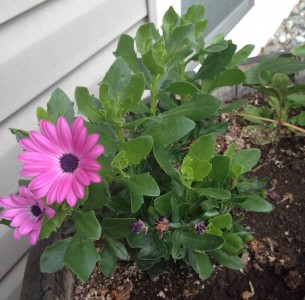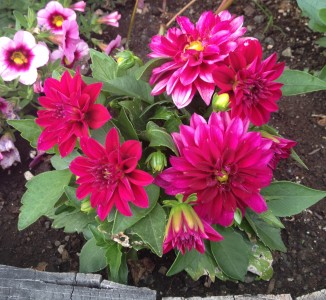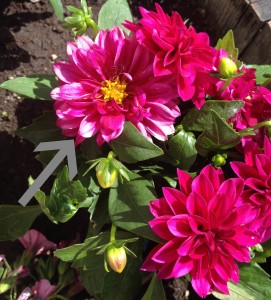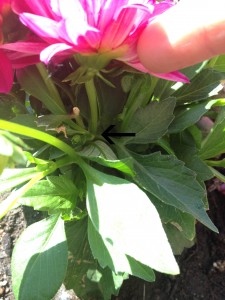Deadheading is a technique used to prolong flowering in some annuals. By removing flowers past their prime and before seed production, energy will be directed toward producing more buds. This ensures your plant will continue to flower for the entire season. In some cases, removing some of the extra buds can create larger blooms.
Flowers do not necessarily have to be dead before removing. After blooming, the flowers can be cut for use in arrangements. If your flowers are outdoors, this is a great way to liven up your indoor space. Be aware that insects may have made the flowers home and should be removed. Gently shaking the flower or submersion into water for several seconds can do the trick. In addition, to prolong the longevity of your cut flowers, after bringing them inside, submerge the stems in water and re-cut underwater. This ensures the flower is easily able to draw water into the stem. Also, use warm water in your vase. This too will encourage flower hydration.
For perennials, deadheading is used primarily to maintain the attractiveness of the garden. Deadheading perennials does not generally prolong bloom time. Depending on the type of plant, some individuals find the spent flowers to be attractive elements for the garden.
When deadheading, as with pruning, it is important to use clean tools to prevent the spread of disease between plants. Open cuts on the plant are excellent entry points for viruses and bacteria. Using rubbing alcohol to clean the blades of your tools between plants is an effective way to kill most germs.






Resources:
I would love to try deadheading technique. Very usefull post. I enjoy read your post. Nice blog!